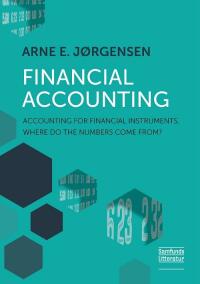15.? Explain The role of annuity-based performance measures In reducing costs. LO 16.2 16.6 The "Real life' titled "Managing costs, throughput and quality for customer value: Flinders Medical Centre' in the section 'Managing quality' outlines techniques used to manage costs and quality at the Flinders Medical Centre. Explain how spare capacity might arise as a result of reducing waiting times and improving patient throughput and how that capacity can be managed to reduce costs. LO 16.2 REALLIFEE16.27 Life cycle management and target costing: manufacturer LO16.4 Solarcare Lid manufactures plastic lenses for sunglasses at Queanbeyan, in New South Wales. One of its top- 16.5 selling lines is the XRP Lens, which has a scratch-resistant polarised surface. Earlier this year, a Taiwanese company entered the market offering a similar lens at a price 20 per cent below the XRP price of $3 per unit. Solarcare's parent company has a target profit margin of 40 per cent (on sales) on each of its products. Required: 1. What target cost would have to be set for the XRP to remain competitive and meet the requirements of Solarcare's parent company? 2. Explain how Solarcare could apply the principles of life cycle management to achieve this cost. 3. Explain how value engineering could help in this process.P16.36 Activity-based management; cost cutting: retailer LO16.2 Brainfodder.net.au sells books and software over the internet. A recent article in a trade journal has caught the attention of management, given that the company has experienced soaring inventory-handling costs. The article noted that similar firms have purchasing, warehousing and distribution costs that average 13 per cent of sales, which is attractive when compared with Brainfodder.net.au's results for the past year. The following information is available: Percentage of cost Percentage of cost Cost driver driver activity for driver activity for Activity (Cost) Cost driver quantity books software Incoming receipts ($600 000) Number of purchase orders 2 000 70% 30% Warehousing ($720 000) Number of inventory moves 9000 80 20 Outgoing shipments ($450000) Number of shipments 15000 25 75 Book sales totalled $7 800 000 and software sales totalled $5 200 000. A review of the company's activities found various inefficiencies with respect to the warehousing of books and outgoing shipments of software. These inefficiencies resulted in an extra 550 inventory moves and 250 shipments, respectively. Required: 1. What is activity-based management? What is a non-value-added activity? 2. How much did non-value-added activities cost Brainfodder.net.au this past year? 3. Provide several examples of situations that may have given rise to non-value-added activities for Brainfodder.net.au. 4. Will the elimination of non-value-added activities allow Brainfodder.net.au to achieve purchasing, warehousing and distribution costs that average 13 per cent of sales for each of the product lines? Show calculations. 5. Do either of the two product lines require additional cost cutting to achieve the target percentage? If so, how much additional cost cutting is needed, and what tools (methods) might the company use to achieve the cuts










